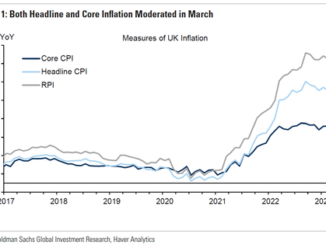
Details of the US-Norway Hydropower Partnership
Both nations, rich in water resources, aim to expand generation capacity, upgrade existing infrastructure, and reduce energy costs while bolstering grid reliability and security.
This collaboration isn’t new; it dates back to previous agreements, including a 2020 hydropower annex, and has already produced promising results in research and innovation.
Norway, a global leader in hydropower, brings expertise from its vast network of dams and reservoirs, while the US contributes its advanced research capabilities through DOE initiatives. The partnership will explore sustainable practices, environmental impacts, and integration with other renewables, positioning both countries at the forefront of clean energy transitions.
Norway’s Energy Mix: A Model of Renewable Dominance
However, when focusing on electricity generation—the backbone of domestic consumption—renewables shine even brighter. In 2024, 98% of Norway’s electricity came from low-carbon sources, with hydropower generating around 88-92% of the total, supplemented by wind power at 6-8% and minimal contributions from other renewables.
|
Energy Source
|
Share in Electricity Generation (2024)
|
Share in Total Energy Supply (2023)
|
|---|---|---|
|
Hydropower
|
88-92%
|
41%
|
|
Wind
|
6-8%
|
~2%
|
|
Oil & Gas
|
<1%
|
28% (Oil), 24% (Gas)
|
|
Other Renewables
|
~1%
|
~5%
|
This table highlights Norway’s dual role: as a major exporter of oil and gas (contributing significantly to total energy production), but with domestic electricity almost entirely renewable and emission-free.
Norway boasts the highest share of renewable electricity in Europe and the lowest power sector emissions, thanks to its abundant hydropower resources from fjords and mountains.
Looking ahead to 2025 and beyond, forecasts indicate steady growth in electricity demand, potentially leading to a power deficit by the 2030s if not addressed, underscoring the need for continued innovation.
A Great Step Toward Bolstering Global Energy Supply
Hydropower, as a reliable baseload renewable energy source, complements intermittent sources like solar and wind, thereby enhancing grid stability amid rising global demand.On a broader scale, this initiative supports the energy transition by minimizing environmental impacts through shared best practices, such as fish-friendly turbines and ecosystem preservation.
For developing nations, access to these advancements could unlock affordable, clean power, contributing to the UN’s Sustainable Development Goals and cutting global emissions. With energy security threats from geopolitical tensions and climate change, such international efforts foster resilience, lower costs, and promote a sustainable supply chain for the world.
In conclusion, the renewed US DOE-Norway hydropower collaboration exemplifies how cross-border partnerships can drive innovation and promote equity in the energy sector. As the world grapples with supply challenges, this alliance paves the way for a greener, more secure future.







